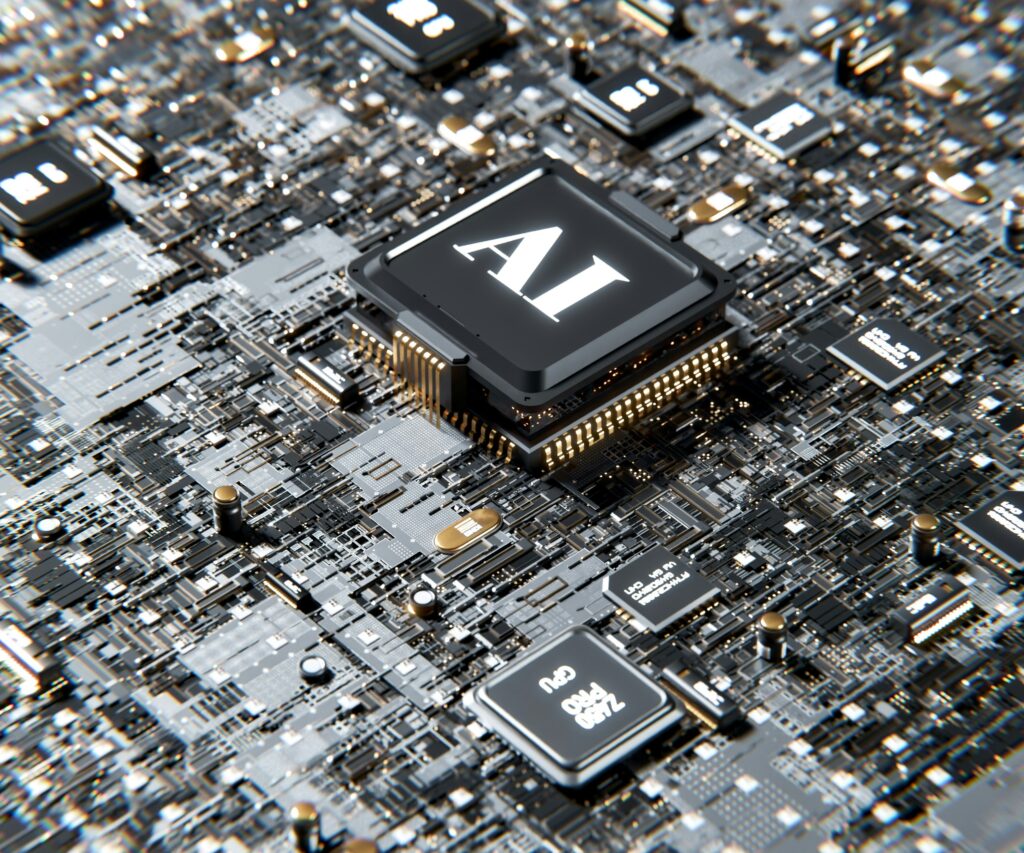Table of Contents
- The Rise of Hyperautomation in 2025
- Understanding Hyperautomation
- How Hyperautomation Drives Business Growth
- 1. Enhanced Efficiency and Productivity
- 2. Improved Accuracy and Compliance
- 3. Scalability and Flexibility
- Key Technologies Driving Hyperautomation
- 1. Robotic Process Automation (RPA)
- 2. Artificial Intelligence (AI) and Machine Learning
- 3. Workflow Management Tools
- Challenges and Considerations in Hyperautomation
- 1. Change Management
- 2. Integration with Legacy Systems
- 3. Data Security and Privacy
- The Future of Hyperautomation: Trends to Watch in 2025
- 1. Increased Adoption of AI-Driven Automation
- 2. Expansion of Automation Across Industries
- 3. Focus on Ethical AI and Responsible Automation
- Conclusion: Embracing Hyperautomation for Sustainable Growth
In 2025, hyperautomation is set to redefine the landscape of business operations, enabling organizations to scale faster and more efficiently than ever before. This article delves into the transformative power of hyperautomation, exploring how intelligent automation, robotic process automation (RPA), and artificial intelligence (AI) are driving digital transformation across industries. By leveraging these advanced technologies, businesses can streamline workflows, enhance productivity, and ultimately achieve sustainable growth in a competitive global market.
Discover how hyperautomation is revolutionizing business scalability in 2025! Don’t get left behind—stay ahead of the curve and learn the strategies that can propel your business forward. Subscribe to the Kanguru Academy newsletter for the latest insights and expert tips!
The Rise of Hyperautomation in 2025
Hyperautomation is not just a buzzword; it represents a paradigm shift in how businesses approach automation. By integrating various automation technologies, including AI, machine learning, and RPA, organizations can automate complex processes that were previously thought to require human intervention. According to a report by Gartner, hyperautomation is expected to be a top strategic technology trend for 2025, with organizations investing heavily in these technologies to enhance operational efficiency.

Understanding Hyperautomation
Hyperautomation encompasses a wide range of technologies that work together to automate business processes. This includes:
- Intelligent Automation: The combination of RPA and AI to automate decision-making processes.
- Robotic Process Automation (RPA): Software robots that handle repetitive tasks, freeing up human resources for more strategic activities.
- AI and Machine Learning: Technologies that enable systems to learn from data and improve over time, enhancing the automation process.
- Workflow Management: Tools that help manage and optimize business processes, ensuring seamless integration of automated tasks.
How Hyperautomation Drives Business Growth
As businesses strive to remain competitive in a rapidly evolving market, hyperautomation offers several key benefits that contribute to growth:
1. Enhanced Efficiency and Productivity
By automating routine tasks, organizations can significantly reduce the time and resources spent on manual processes. A study by McKinsey found that companies that implement automation can increase productivity by up to 30%. This efficiency allows businesses to focus on higher-value activities, driving innovation and growth.
2. Improved Accuracy and Compliance
Automation minimizes human error, ensuring that processes are executed with precision. This is particularly important in industries such as finance and healthcare, where compliance with regulations is critical. According to a report by Deloitte, organizations that adopt hyperautomation can achieve compliance rates of over 95%.

3. Scalability and Flexibility
Hyperautomation enables businesses to scale operations quickly in response to market demands. With automated processes in place, organizations can easily adapt to changes, whether it’s an increase in customer demand or the need to pivot business strategies. This flexibility is essential for thriving in today’s dynamic global markets.
Key Technologies Driving Hyperautomation
Several technologies are at the forefront of the hyperautomation movement, each playing a crucial role in transforming business operations:
1. Robotic Process Automation (RPA)
RPA serves as the backbone of hyperautomation, allowing businesses to automate repetitive tasks across various applications. By deploying software robots, organizations can streamline processes such as data entry, invoice processing, and customer service inquiries. According to Forrester, the RPA market is projected to reach $13 billion by 2025, highlighting its growing importance in business automation.
2. Artificial Intelligence (AI) and Machine Learning
AI and machine learning enhance the capabilities of RPA by enabling systems to learn from data and make informed decisions. This combination allows for the automation of more complex tasks, such as predictive analytics and customer segmentation. A report by PwC indicates that AI could contribute up to $15.7 trillion to the global economy by 2030, underscoring its potential impact on business growth.

3. Workflow Management Tools
Effective workflow management is essential for ensuring that automated processes run smoothly. These tools help organizations design, execute, and monitor workflows, providing visibility into operations and enabling continuous improvement. By integrating workflow management with automation technologies, businesses can optimize their processes for maximum efficiency.
Challenges and Considerations in Hyperautomation
While hyperautomation offers numerous benefits, organizations must also navigate several challenges:
1. Change Management
Implementing hyperautomation requires a cultural shift within organizations. Employees may resist changes to their workflows, fearing job displacement or increased complexity. Effective change management strategies, including training and communication, are essential for ensuring a smooth transition.
2. Integration with Legacy Systems
Many organizations still rely on legacy systems that may not be compatible with modern automation technologies. Integrating these systems with new tools can be complex and time-consuming. Businesses must assess their existing infrastructure and develop a clear strategy for integration to fully leverage the benefits of hyperautomation.
3. Data Security and Privacy
As organizations automate processes that involve sensitive data, ensuring data security and compliance with privacy regulations becomes paramount. Businesses must implement robust security measures and regularly audit their systems to protect against data breaches and maintain customer trust.
The Future of Hyperautomation: Trends to Watch in 2025
As we look ahead to 2025, several trends are likely to shape the future of hyperautomation:
1. Increased Adoption of AI-Driven Automation
As AI technologies continue to advance, businesses will increasingly adopt AI-driven automation solutions. This will enable organizations to automate more complex tasks and make data-driven decisions in real-time.
2. Expansion of Automation Across Industries
Hyperautomation will extend beyond traditional sectors such as finance and manufacturing, penetrating industries like healthcare, retail, and logistics. This expansion will create new opportunities for businesses to enhance efficiency and improve customer experiences.
3. Focus on Ethical AI and Responsible Automation
As automation becomes more prevalent, organizations will need to prioritize ethical considerations in their AI implementations. This includes ensuring transparency, fairness, and accountability in automated decision-making processes.
Conclusion: Embracing Hyperautomation for Sustainable Growth
In 2025, hyperautomation will be a critical driver of business success, enabling organizations to scale


